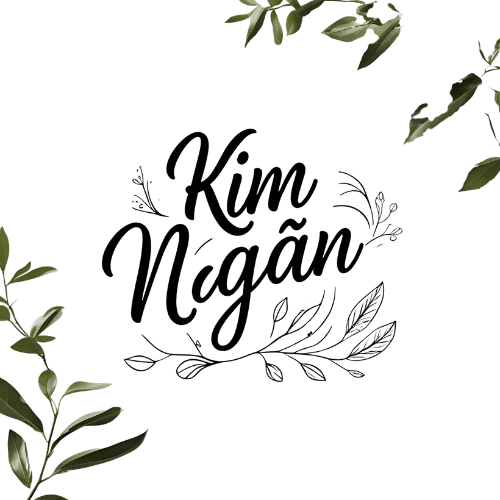Essential Entry Requirements for Traveling to Korea
Korea Entry Requirements – Updated 2025 Guide
“Before the street food, the hanbok walks, and the temple bells — there’s just you, your passport, and a soft invitation at the border.”
✈️ First, Take a Breath – It’s Simpler Than It Seems
Getting into Korea in 2025 is more straightforward than many travelers expect. You don’t need to stress over piles of paperwork or complex interviews. Korea has embraced digital systems and visa-free travel for many nationalities — and if you come prepared, your arrival can be as smooth as a morning in Bukchon Hanok Village.
Let’s go step-by-step, gently.
🌏 1. Do You Need a Visa?
If you're traveling for tourism, the answer for many countries is: no — as long as you apply for the K-ETA.
✅ Countries eligible for visa-free entry (with K-ETA):
United States, Canada, Australia, most EU countries, Singapore, Malaysia, Vietnam, and more (check the full list at www.k-eta.go.kr)
📌 K-ETA (Korea Electronic Travel Authorization):
Required for most visa-free travelers
Apply online at least 72 hours before departure
Valid for 2 years once approved
Cost: ~₩10,000–15,000 (around $9–13 USD)
💡 Tip: Apply early. Approvals are fast (often within hours), but delays happen during peak seasons.
📃 2. Documents to Prepare
At immigration, you’ll be asked for a few simple things:
Valid passport (with at least 6 months’ validity)
K-ETA approval (printed or saved on phone)
Return/onward ticket
Address of your accommodation in Korea (hotel, Airbnb, friend)
Optional:
Travel insurance (not required, but highly recommended)
Proof of funds or itinerary (rarely asked, but good to have for longer stays)
📌 Tip: Immigration officers in Korea are polite and professional. A quiet smile and prepared documents go a long way.
🧪 3. COVID-19 Requirements (as of 2025)
Good news: As of early 2025, Korea no longer requires proof of vaccination or negative tests for entry. Masks are optional in most public areas, though still common on public transport and in hospitals.
Always check for last-minute updates before flying at:
📍 www.visitkorea.or.kr
💬 4. Language Barrier – What If You Don’t Speak Korean?
Don’t worry. Immigration forms and digital kiosks at Incheon are in English, Korean, Chinese, and Japanese.
If you’re unsure, look for airport staff wearing “Help” badges — they’re trained to assist calmly and kindly.
💡 Bonus tip: Learn a few phrases in Korean (even “annyeonghaseyo” or “kamsahamnida”) — they soften every moment.
🚫 5. What NOT to Bring
Korea has strict rules on:
Drugs or CBD products – absolutely prohibited, even if legal in your country
Fruits, seeds, or meat products – not allowed in checked or carry-on luggage
Weapons or sharp tools – standard airline rules apply
📌 If unsure, declare it. Korea’s customs is professional, and honesty is always respected.
🌿 Final Thought: Let Entry Be the First Soft Step
Crossing into a new country doesn’t have to feel like passing a test.
In Korea, it can feel like stepping into stillness.
You show your passport.
You nod.
You exhale.
And then, just like that — you’re inside a story waiting to be written.
🙏 Thank you for reading.
I hope this guide brought calm to your preparation, and confidence to your first steps into Korea.
Next in the series: everything you need to know about SIM cards, local money, and the little tech that keeps you connected.
🧳 → Coming soon: SIM Cards, T-Money & Currency Exchange in Korea
